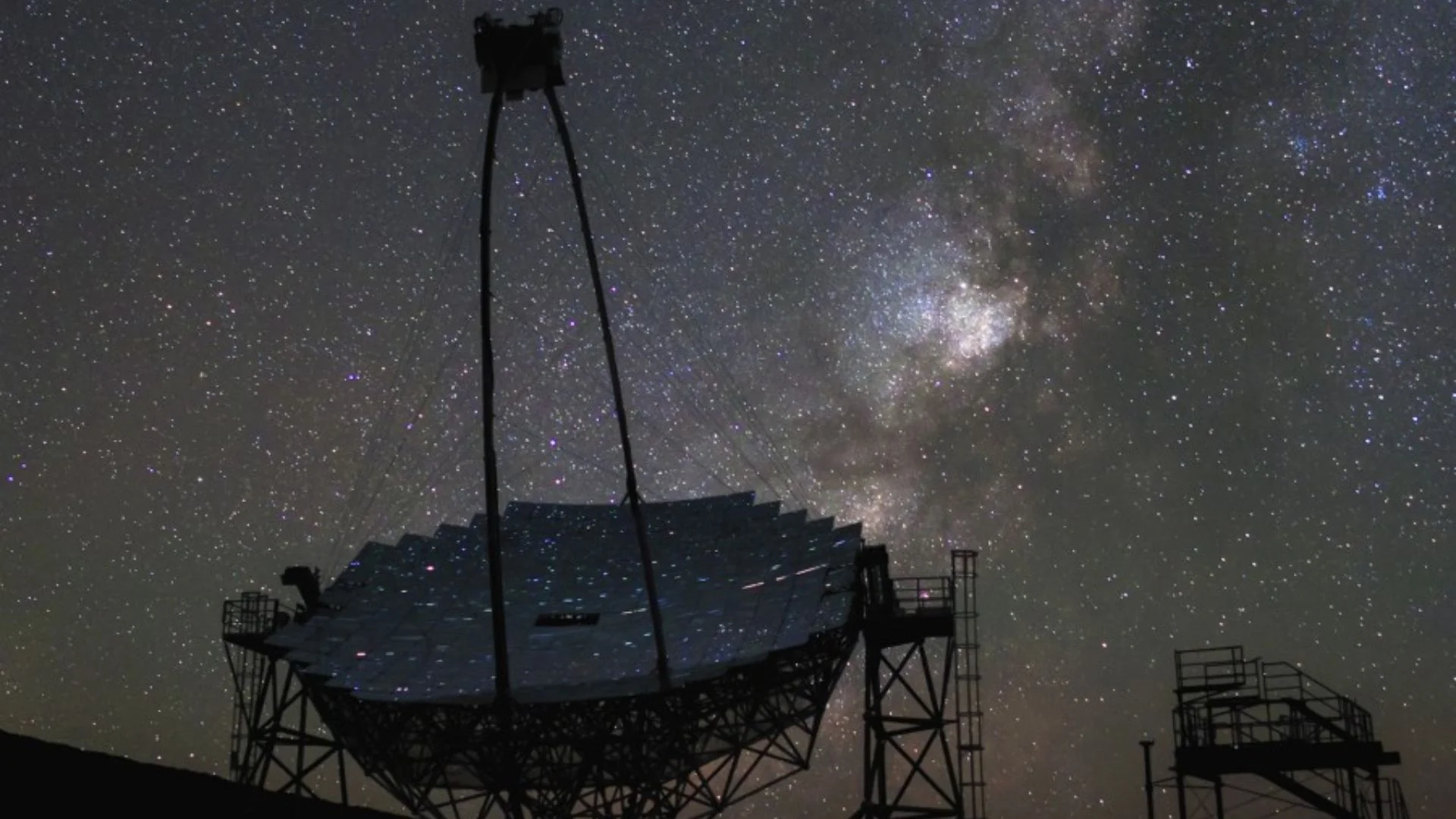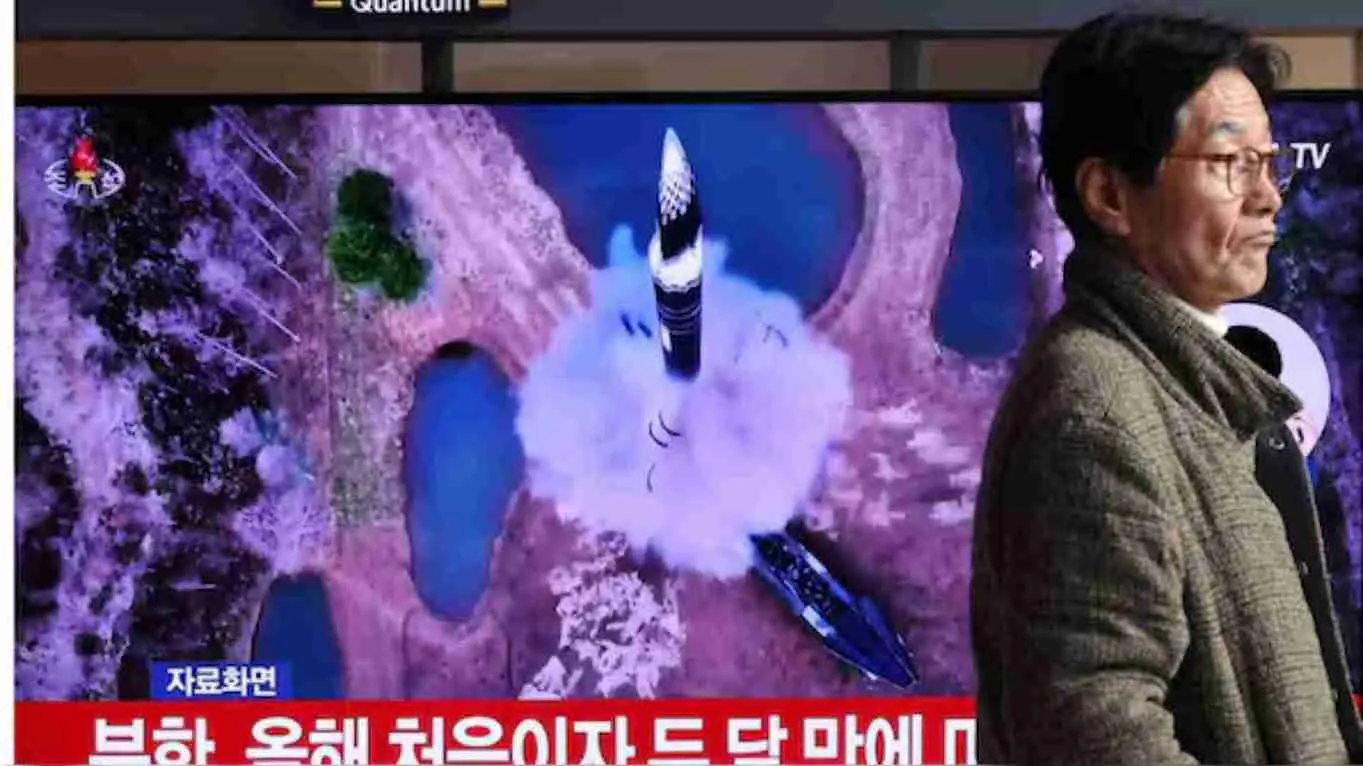Asia’s largest imaging Cherenkov telescope, the Major Atmospheric Cherenkov Experiment (MACE), was inaugurated on Wednesday in Hanle, Ladakh, at an altitude of nearly 4,300 meters. Built by the Mumbai-based Bhabha Atomic Research Centre (BARC) with assistance from the Electronics Corporation of India Ltd (ECIL) and various Indian industry partners, MACE is now the highest telescope of its kind globally.
MACE is designed to enhance India’s position in cosmic ray research, allowing scientists to investigate high-energy gamma rays. This will facilitate a deeper understanding of some of the universe’s most energetic phenomena, such as supernovae, black holes, and gamma-ray bursts. Remarkably, even before its formal inauguration, MACE had already detected gamma-ray flares from sources as far as 200 million light-years away.
The telescope boasts a diameter of 21 meters, weighs 175 tonnes, and features a reflector area of 356 square meters, comprising 1,424 diamond-turned metallic mirror facets. It is equipped with 712 actuators, 1,088 photo-multiplier tubes, and 68 camera modules, all designed to withstand extreme weather conditions. The reflector’s surface requires precise alignment with an accuracy of 2 mm to maintain its parabolic shape, while ultrafast backend electronics optimize it for low power and temperature operations.
Due to the Earth’s atmosphere obstructing gamma rays, MACE works by detecting high-energy particles that emit Cherenkov radiation when they interact with the atmosphere. These flashes are captured by the telescope’s mirrors and cameras, tracing them back to their cosmic origins.
The choice of Hanle for MACE is strategic, as the area provides minimal light pollution, ideal for gamma-ray observations. Dr AK Mohanty, chairman of the Atomic Energy Commission, emphasized Hanle’s advantages, noting that it could become a hub for gamma-ray astronomy, potentially hosting more telescopes in the future.























